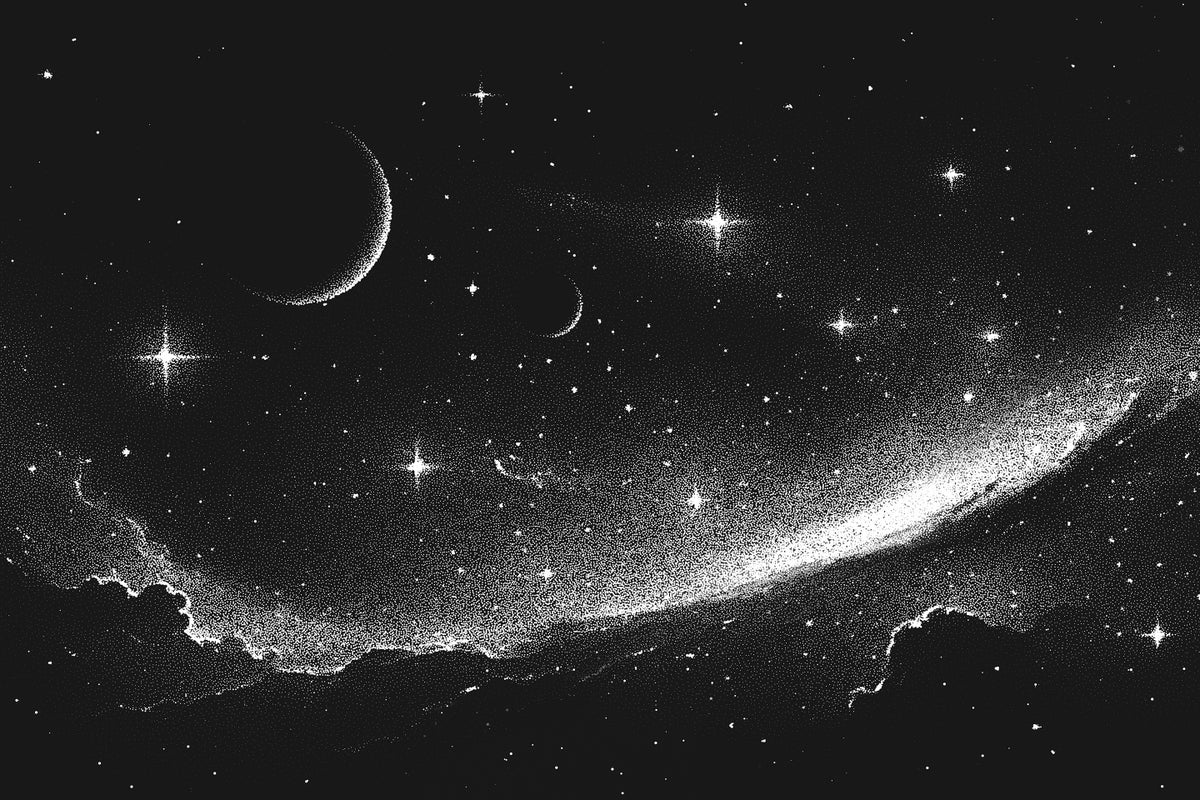Key insights
-
1
The Finite Age of the Universe
The universe is not infinitely old; it has a finite age, which means only a limited number of stars have had time to emit light that can reach us.
-
2
Cosmic Expansion
The expansion of the universe stretches the wavelengths of light, reducing their energy and causing the light from distant stars to shift into the infrared and microwave parts of the spectrum, rendering the night sky darker in visible light.
-
3
Role of Cosmic Dust
Cosmic dust absorbs and scatters light, preventing some of it from reaching Earth, contributing to the darkness of the night sky.

